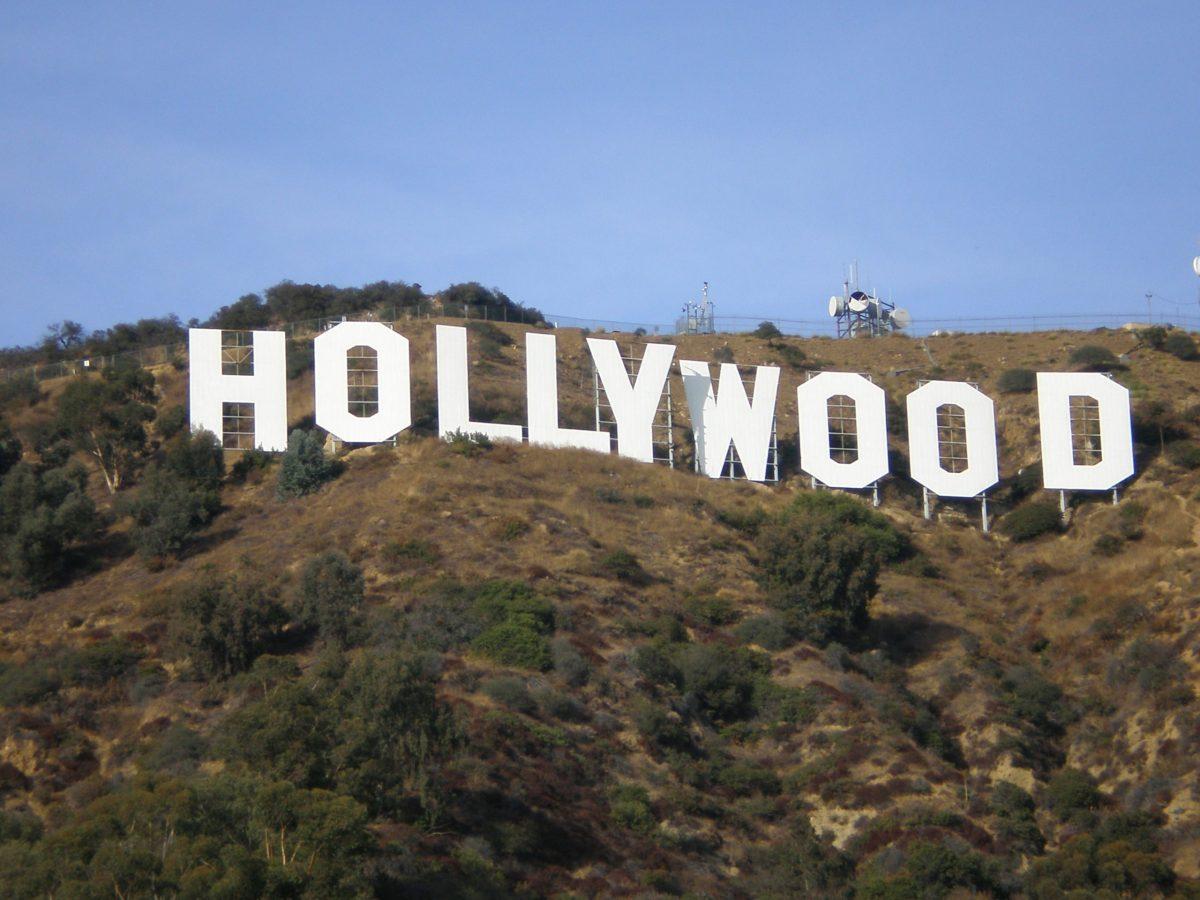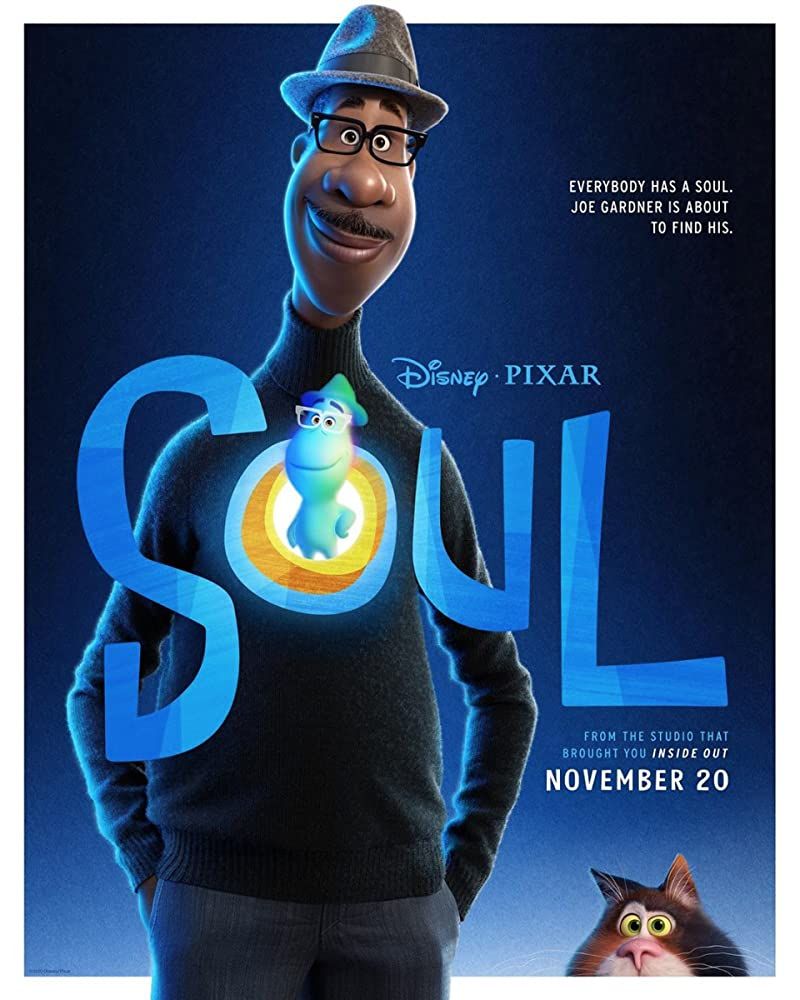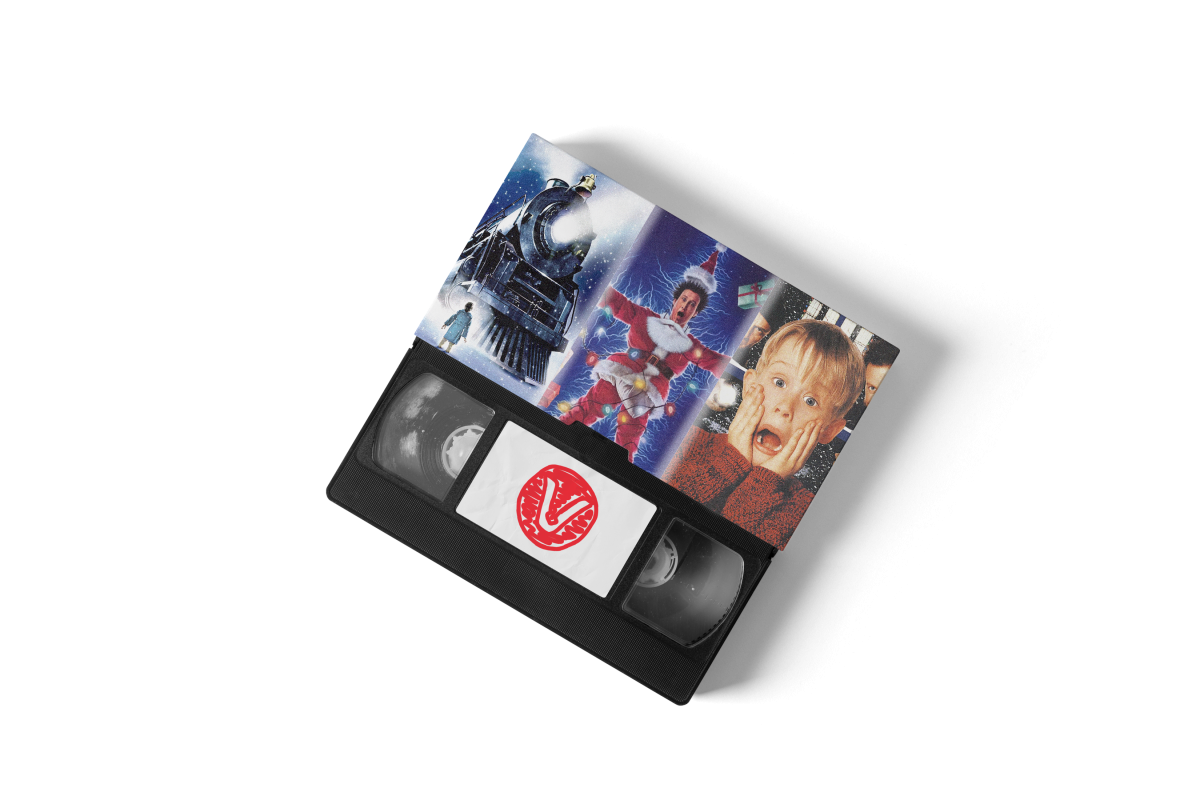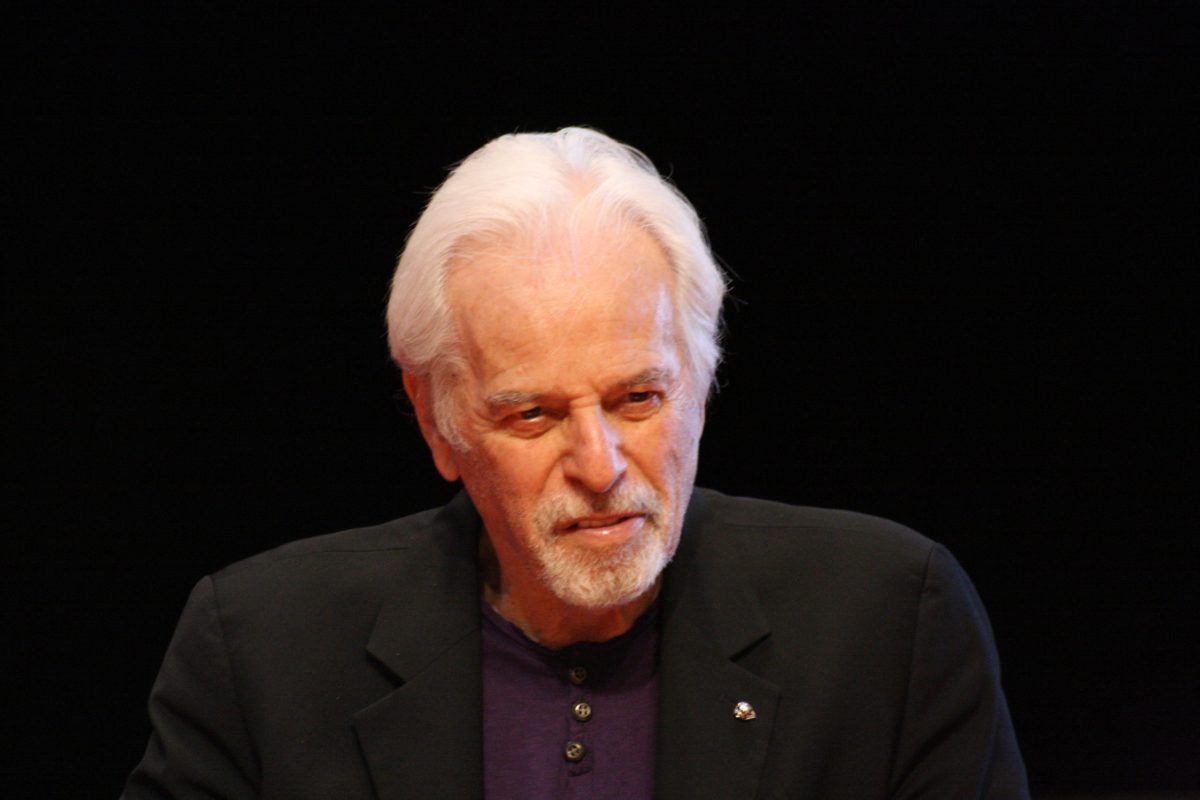Right off the bat, I must disclose one thing: I am an absolute fan of the 1960s. This was a time of change for the U.S. and in turn, Hollywood and pop culture. The mid-to-late 1960s marked the end of the Golden Age of Hollywood, and the start of the New Hollywood movement. This is a fancy way of saying that color films would take over, and that young new directors and actors were ready to take the spotlight. From WWII action films (“The Dirty Dozen,” “The Great Escape,” and “Von Ryan’s Express”) to spaghetti westerns (“The Good the Bad and the Ugly” and “Once Upon a Time in the West”), the 1960s were a time of change for Hollywood.
This summer finally saw the release of Quentin Tarantino’s ninth film, “Once Upon a Time in Hollywood.” Tarantino’s film-making flair stems from his devotion to old films, paying tribute to, as well as recreating, scenes from movies in the Golden Age and New Wave of Hollywood. It’s because of this devotion to film that makes Tarantino crafting a film set in 1969 Los Angeles the best mashup since Oreos and milk. From the sets to the costumes to the references to old films, everything fit right into place for Tarantino’s latest. Starring Leonardo DiCaprio as Rick Dalton and Brad Pitt as Cliff Booth, “Once Upon a Time” showcases each actor’s signature style.
Cliff Booth, Rick’s best friend and stuntman, steals the show in every scene he’s in through Pitt’s effortless charm. As a violent but rather silent companion to Rick, Cliff is the antithesis to his best friend. As a loner and a man with a dark past, he embodies the cowboys that dominated the silver screens in the ‘60s and ‘70s.
But, there’s something special about Rick Dalton’s emotional journey, as he struggles to stay relevant in a Hollywood that’s changing faster than he’d like.
As a washed-up Western TV show and action star with crippling self-pity, Rick makes for a compelling (albeit hilarious) protagonist. With fresh new faces ready to take the spotlight, and his increasing paranoia that he’s a “has been,” Rick fights to stay in the industry.
It’s even more interesting when comparing Tarantino to modern day directors, as he finds himself and his films outdated in 2019 Hollywood, a place that is becoming increasingly diverse both in front of and behind the camera.
Although it may not be Tarantino’s best film, it proves that he has not lost his filmmaking touch. The story can seem slow and, unlike his previous films, does not tie together as well. Much like her inclusion in this review, Margot Robbie’s portrayal of Sharon Tate is criminally underutilized and feels more like an afterthought in the film. This is unfortunate, considering the film is set alongside the horrific Manson Murders.
However, these issues can be overlooked with the final act, which will leave you shocked to say the least. So, sit back and let long and saturated color filled shots pull you into a fictional 1969 Los Angeles, and see what might have happened to Sharon Tate, Rick Dalton and Cliff Booth, once upon a time in Hollywood.
Photo by Glen Lowe | PhotoWorks






























